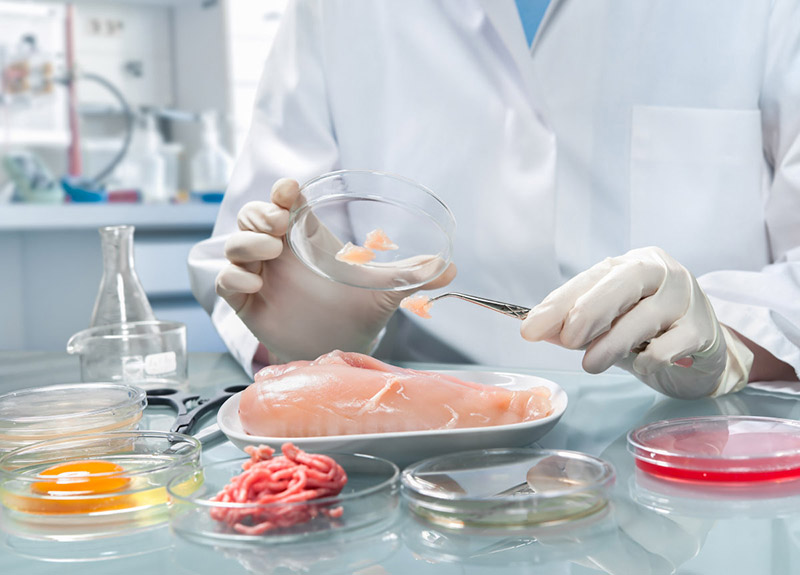Organic contaminants are harmful substances which can be found at trace level in food products. Organic contaminants can be introduced via various approaches, such as contacting with environmental contaminations (water, air or soil pollution), cross-contamination during food processing, migration from food packaging materials, and so on. Exposure to organic contaminants can lead to a range of adverse health effects, including cancer, immune deficiencies, and nervous system issues. Therefore, food producers have to ensure that their products are free of organic contaminant risks and are in compliance with all legal requirements.

Lifeasible is a global leader in the analysis of organic contaminants. We provide testing services for a large number of organic contaminants, which includes, but not limited to:
Lifeasible provides extensive state-of-the-art analytical equipment for the analysis of organic contaminants. We can help you improve the quality and safety of your food products, and make them comply with market regulations. To ensure the efficiency and reliability of our services, a variety of gas and liquid chromatography systems are utilized for organic contaminants testing. These systems provide alternative selections on separation (e.g., electron ionization (EI), electrospray ionization (ESI), ion chromatography (IC), and dielectric barrier discharge ionization (DBDI)) and detection (e.g., electrical conductivity detector, suppressed conductivity detector, UV/Vis detector, and mass spectrometry) methods. Besides, we also offer capillary electromigration techniques to separate organic contaminants.
Moreover, we provide one-stop services from sample preparation, extraction, purification, to sample analysis and data processing. A detailed report will be delivered to each customer; and data consulting service is also available if needed. Working closely with Lifeasible, you will benefit from our services with high efficiency, high reliability, short turnaround times, competitive prices, and more. Welcome to contact us to find out how our organic contaminants testing can support your business. Our experts are always happy to help with your requests.